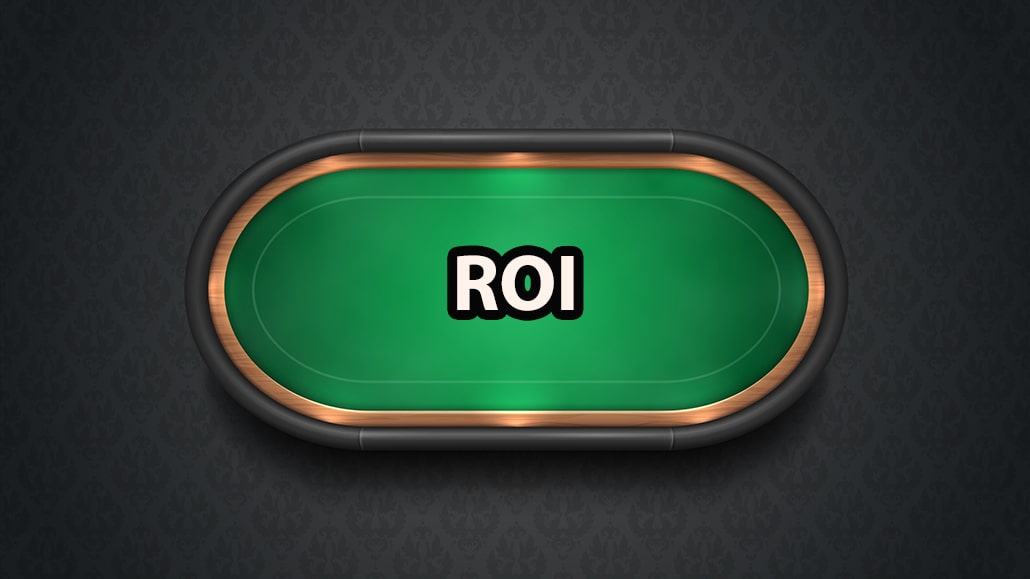What Is ROI In Poker?

The term “ROI” stands for “Return on Investment,” which is a metric used to measure the profitability of a player in poker tournaments.
This metric is expressed as a percentage and represents the amount of money won or lost in tournaments relative to the amount invested in tournament buy-ins.
To calculate your ROI, you must first determine your total tournament winnings and total tournament buy-ins and subtract your buy-ins from your winning.
Then you need to divide the result by your total buy-ins and multiply the number you get by 100.
((Tournament Winnings – Tournament Buy-ins) / Total Buy-ins) x 100
ROI is an important metric for MTT players as it allows them to determine their profitability and overall win rate in this format.
It is important to note that a high ROI does not necessarily indicate a high level of skill, as it can also be affected by factors such as luck and variance, which means the bigger the sample, the more accurate the poker ROI will be.
Poker ROI Example:
Let’s say that you have played in a total of 100 Texas Holdem tournaments, spent $10,000 on buy-ins, and won $12,000. Your ROI would be calculated as:
((12,000 – 10,000) / 10,000) x 100 =
(2,000 / 10,000) x 100 =
0.2 x 100 =
20%
ROI of 20% means that for every $100 you invested in tournament buy-ins, you earned a total of $120 or $20 of profit.
ONLINE POKER:
RESOURCES:







